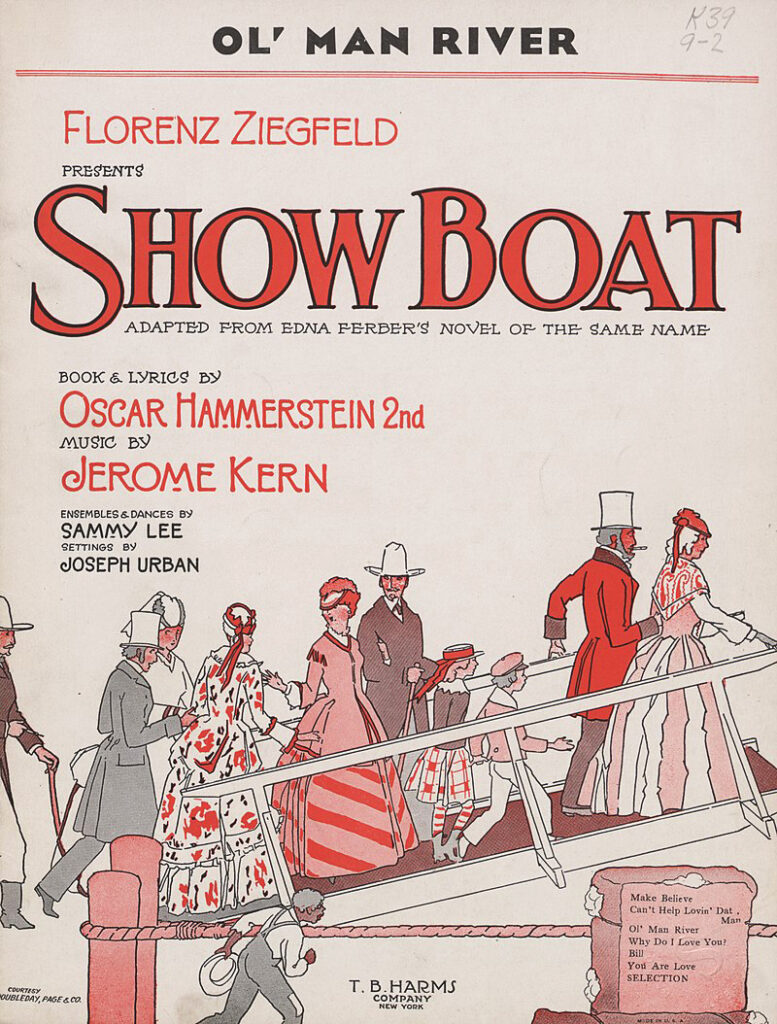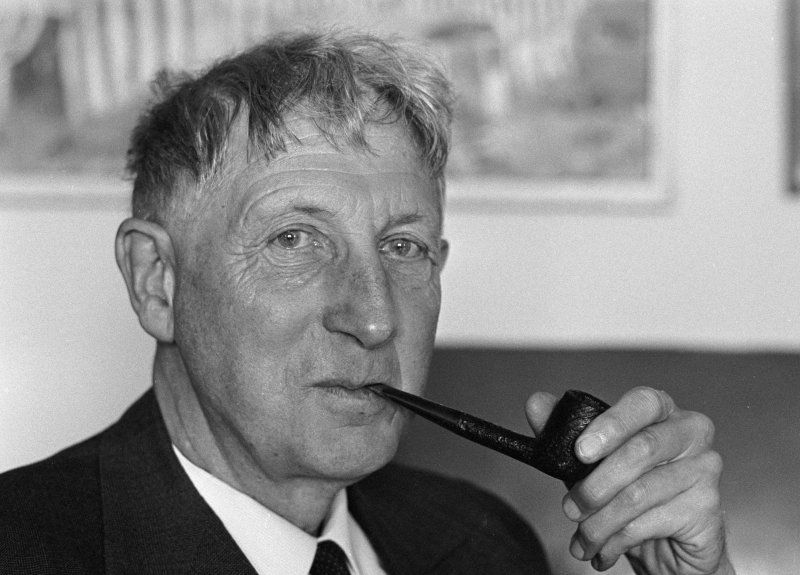
1927 news Highlights
- In the Soviet Union, Leon Trotsky is expelled from the Communist Party, leaving Joseph Stalin in control.
- The first commercial-service transatlantic phone call (via both land-line and radio) takes place on January 7 from London to New York, followed by 11,000 more calls that year.
- The Great Mississippi Flood, affecting 700,000 people, was the greatest natural disaster in U.S. history at that time.
- Actress and playwright Mae West is sentenced to ten days in jail for “corrupting the morals of youth” in her comedy-drama Sex after 375 performances on Broadway.
- The Academy of Motion Picture Arts and Sciences, which will create the Academy Awards, is founded.
- The Jazz Singer is the first popular Talking Picture, featuring six songs sung by Al Jolson, effectively marking the end of the silent film era.
- Jukeboxes begin playing.
- Charles Lindbergh flies solo across the Atlantic nonstop from New York to Paris in the single-engine monoplane Spirit of St. Louis.
- The last Model T automobile rolls off Ford’s assembly line after a run of 19 years and 15 million cars, on May 26.
- Responding to NBC (see 1926), the Columbia Phonographic Broadcasting System (later renamed CBS), is formed and goes on the air with 47 radio stations.
- Pan American Airways (Pan Am) begins its first international flights between Key West and Havana, Cuba. It would grow to the largest international air carrier by the 1970s.
- Kern and Hammerstein’s musical Show Boat, opens on Broadway and begins a new era in Broadway musicals with improved story lines and music that supports the plot.
- Sculptor Gutzon Borglum begins work on Mount Rushmore National Memorial in South Dakota. It was completed in 1941.
- Ansel Adams publishes a portfolio of 18 silver gelatin photographic prints of the High Sierras, considered a landmark in twentieth-century photography.
- Béla Bartók’s Piano Concerto No. 1 premieres in Frankfurt with the composer at the piano. Zoltán Kodály writes his Suite from the opera Háry János. Igor Stravinsky writes Oedipus Rex.
- Country music singer Jimmie Rodgers begins recording for Victor Talking Machine Company in Camden, New Jersey. The Carter Family makes their first recordings in Bristol, Tennessee, also for the Victor Talking Machine Company, a day earlier than Rodgers.
- Louis Armstrong and his Hot Five begin recording. Duke Ellington writes his “Black and Tan Fantasy.”
- Popular songs: “Ain’t She Sweet” by Jack Yellen and Milton Ager; “I’m Looking Over a Four Leaf Clover” by Mort Dixon and Harry Woods; “Let a Smile Be Your Umbrella” by Irving Kahal, Francis Wheeler and Sammy Fain; “Me and My Shadow” by Dave Dreyer, Billy Rose and Al Jolson; “Ol’ Man River” by Hammerstein and Kern; “Strike Up the Band” by Ira and George Gershwin.
Composers writing woodwind quintets in 1927 include Kurt Beythien, Giorgio Nataletti, Knudåge Riisager, and Charles Stainer.
Kurt Beythien
Quintett in F Major, Op. 7 (1925-1927)
Although this work was printed privately in 1930, its first commercial printing was not until 2015 by Robert Ostermeyer Musikedition, in Wernigerode, Germany.
Much like Alexander Borodin, Kurt Beythien (born September 12, 1897 in Dresden; died September 4, 1974, also in Dresden) was a chemist and part-time composer. His woodwind quintet actually began life as a sextet for flute, oboe, 2 clarinets, horn and bassoon in 1925. The Sextet premiered in 1926 but critics were not happy with it. Beythien reworked the piece into a woodwind quintet, with the oboist switching to English horn in the second movement, in 1927. Much more successful, the Quintett in F Major was performed widely in the 1930s in Germany, Prague, and even New York City, but then seems to have faded away (probably because it was unavailable to purchase and World War II intervened). Beythien’s archives show early performances by the Wind Quintet of the Dresden State Opera and the quintet of the Staatsoper Berlin.
After the 1920s, however, the historical record for Beythien, at least that available online, is blank except for his death, in 1974. As a chemist he may have been active in the war effort, or he may have been drafted. His hometown was leveled by allied bombing by the end of World War II and he might have been involved in the rebuilding effort in East Germany after the war. We don’t know. Perhaps a German musicologist or chemical historian could provide some answers.
Conceived around the same time as the Hindemith and Nielsen quintets and before the Ibert quintet, the new Ostermeyer edition may help us to understand the compositional variety of the 1920s quintets better. Even though the new edition of the work was released eight years ago, there appear to be no recordings available commercially or on YouTube. The publisher has a synthesized version available for the final movement only, a poor substitute for a recording. Based on only that, though, Beythien’s quintet could be a jewel of a long-hidden work. An enterprising quintet should perform and, perhaps, record the work.
Giorgio Nataletti
Blaserquintett (1927)
Giorgio Nataletti was born June 12, 1907 in Rome; and died July 16, 1972, also in Rome. He is known mainly as an Italian ethnomusicologist who did ground-breaking research in folk and popular music in Italy, the Maritime Alps and Tunisia. He was also active as a teacher of folk music and as a radio broadcaster.
Nataletti was music director of Italy’s first radio station, Radio Araldo of Rome (1922-1923) and broadcast for RAI (from 1936-1943), later becoming its music director. In 1955 he became artistic director of RCA Italiana. What is less known is that he had studied composition with Vincenzo de Donato, performed on guitar and banjo, and performed with a jazz sextet, from 1922 to 1924 called Young Men Jazz, and wrote vocal and instrumental chamber music, mostly in the 1920s, as well as publishing his folk music research. He was one of Italy’s most important experts on Italian folk music.
I have found no information of the publication of his quintet. An Italian musicologist might wish to explore the composer side of this man.
Knudåge Riisager

Musik für Bläserkvintet, Op. 16 (1927) was published by the Samfundet til Udgivelse af Dansk Musik in Kobenhavn (Copenhagen) in 1997; and also by Edition-S in Frederiksberg, Denmark, also in 1997 (C. F. Peters and Ricordi, distributors).
Knudåge Riisager, was born March 6, 1897 in Estonia to Danish parents who moved back to Copenhagen, then to nearby Frederiksberg where Riisager made his home the rest of his life. His career began not in music, but after a master’s degree in political science from the University of Copenhagen in 1921. This began an administrative career which would parallel his musical career for the rest of his life. He started his musical studies in Denmark, but it was in Paris, studying with Albert Roussel and Paul Le Flem where he opened his eyes to the musical life of Paris and began to appreciate Satie, Prokofiev, Honegger, Bartók and Stravinsky.
While Riisinger composed many chamber works in the ’20s, it was his ballet scores that gave him international acclaim. Riisinger also wrote (literary) extensively, but unlike many of the composers listed in this project, he did not teach composition and, consequently, had no students to continue his musical style.
The Quintet
The premiere performance of Musik für Bläserkvintet was in 1928 in Copenhagen, but there is no record of the performers. Edition-S has a modern recording of the work on its website (also on SoundCloud). The performers are unlisted, but it is probably the Scandinavian Wind Quintet recording available on YouTube.
Musik für Bläserkvintet begins with a horn solo and then the full quintet continues with a chorale which reminds these ears of the finale to Nielsen’s Quintet (which was written and performed in 1924, also in Copenhagen, just 3 years earlier). Being a one-movement work, it is episodic, passing through a variety of miniatures one after the other. In general, you think it has settled into a standard neo-classic and traditional pace, until some unexpected harmonies or tempo changes or dissonances pop in. If you are looking for a quintet that’s a tiny bit more modern than Nielsen, or a less Teutonic-sounding work than Hindemith, this piece may fill the bill nicely.
There is more wind music by Riisager and a few mysteries. Grove Music Online, in its article by Niels Martin Jensen (revised by Daniel M. Grimley), lists another Wind Quintet of 1921, which would place it at the beginning of his Parisian studies (or possibly just before). But I have not been able to find another reference to a 1921 quintet by Riisager anywhere else. So either Grove’s made a mistake or Riisager removed the work from circulation. But there is no need to mourn, there is ample other chamber music by Riisinger to explore.
In 1925 we find a Divertimento, Op. 9 for woodwind quintet plus a standard string quartet, recently published by Edition-S in Copenhagen. In listening to an excellent recording of it with the Scandinavian Wind Quintet and Den Kongelige Dansek Strygekvartet, the word that keeps coming to mind is “delightful.” It is in neo-classic mode, not unlike Nielsen’s Quintet, but with added dissonances and some sections where the two ensembles seem to be struggling for control, but then coming together.
There is also a Sinfonietta pour huit instrument a vent, Op. 7 of 1924, an octet for flute, clarinet, 2 bassoons, 2 trumpets and 2 trombones, also fairly recently published (2008) by Edition Kemel.
There are several quartets and trios: Divertimento, Op. 40a (1940) is for flute, oboe, clarinet and bassoon. Several library citations say this is arranged from a woodwind quintet of 1932, but so far I’ve found no record of a Riisager woodwind quintet from 1932. Another Divertimento, Op. 42a (1944) is for flute, oboe, horn and bassoon. A delightful trio for clarinet, viola and bassoon, Variationer, Op. 4 (1923) is an unusual combination, but it works superbly with the right players.
Unfortunately there is no complete listing of Riisager’s works online. A new, 2-volume biography of the composer by Claus Rollum-Larsen (published by Museum Tusculanum Press) may rectify the situation, but so far it is only available in print in Danish.
Charles Stainer
Scherzo, Op. 27 (1927) was published in London by Rudall, Carte & Co., in 1929 and later in Mainz. Germany by B. Schott’s Sohne; Boosey & Hawkes Music distributor.
Charles Stainer (1874-1947) was a British flutist and composer of music for winds. The manuscript of the Scherzo is part of the rare book collection of the Royal Academy of Music Library with a date at the end penciled-in “Aug 11/27”. The library also owns a copy of the original printing. It is possibly a quintet arrangement of his Scherzo for flute and orchestra.
Otherwise, the biographical information about Stainer online is as thin as possible. Later quintets include Improvisation, Op. 28 (ca. 1938), and a Wind Quintet, Op. 31 (1942) and an arrangement of Frederic Chopin’s Prelude No. 21, made in 1927.
Credits
Photograph of Knudåge Riisager is by Allan Moe and released for publicity for Claus Røllum-Larsen’s biography of the composer.
Copyright © 2024 by Andrew Brandt

